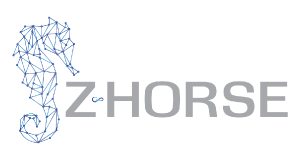
Developing Controls as Part of a GRC Program: Safeguarding Your Organization’s Success
Introduction:
In the previous installments, we explored the importance of defining risk appetite and tolerance and identifying and prioritizing risks. Now, we delve into the crucial topic of developing controls within a GRC program. Controls play a vital role in managing risks, ensuring regulatory compliance, and safeguarding your organization’s success. This article will discuss the key steps involved in effectively developing controls as part of your GRC framework.
Understanding Controls:
Before we dive into the development process, let’s establish a clear understanding of controls. Controls refer to the policies, procedures, and mechanisms put in place to mitigate risks and promote compliance within an organization. They are designed to prevent, detect, and correct potential issues that may arise and impact the achievement of business objectives. Having effective controls that are adequately matched to the risks an organization faces lowers the overall risk to an organization.
Mapping Controls to Risks:
To develop effective controls, aligning them with identified risks is crucial. Conduct a thorough risk assessment to identify areas where controls are necessary. Categorize risks based on their severity and likelihood of occurrence, and prioritize them accordingly. This mapping exercise will enable you to allocate resources effectively and ensure that controls are targeted toward mitigating the most critical risks. Mature organizations will document their risks in a Risk Register.
Control Framework:
Developing a control framework is essential in establishing a comprehensive GRC program. A control framework outlines the types of controls required, their objectives, and the processes for their implementation and monitoring. Common control frameworks include the Committee of Sponsoring Organizations of the Treadway Commission (COSO) and Control Objectives for Information and Related Technology (COBIT), NIST Cybersecurity Framework, etc. Select a framework(s) that aligns with your organization’s industry, size, and specific compliance requirements as well as the type of controls you need to mitigate.
Control Development Process:
- Identify Control Objectives: Define clear objectives based on identified risks. Control objectives articulate what the control is meant to achieve and provide a benchmark for evaluation.
- Design Control Activities: Develop control activities that address the identified risks. These can include policies, procedures, segregation of duties, access controls, training programs, and more. Ensure that control activities are practical, feasible, and aligned with industry best practices.
- Documentation: Document the controls in a concise and easily understandable manner. This documentation should include control descriptions, the rationale behind their implementation, and relevant references to applicable laws, regulations, or standards.
- Collaboration: Involve key stakeholders, such as subject matter experts, process owners, and legal or compliance personnel, in the development process. Their insights and expertise will enhance the effectiveness and relevance of the controls.
- Testing and Validation: Test the controls to ensure their effectiveness and efficiency. Conduct periodic assessments and audits to validate control performance, identify gaps, and make necessary adjustments.
- Continuous Improvement: Establish a feedback loop to monitor and improve controls continuously. Solicit input from employees, track control performance metrics, and adapt controls to address emerging risks or changes in regulations.
Communication and Training:
Monitoring and reporting on controls are indispensable components of a robust GRC program. Organizations can enhance control oversight, maintain regulatory compliance, and proactively manage risks by establishing a comprehensive monitoring framework, leveraging automated tools, and implementing effective reporting practices. Monitoring and reporting should be dynamic and aligned with the evolving risk landscape and compliance requirements. With a diligent approach to control oversight, your organization can achieve greater transparency, accountability, and resilience in its GRC efforts.
Conclusion:
Developing controls is a fundamental aspect of any robust GRC program. Organizations can effectively manage risks, ensure compliance, and safeguard their long-term success by aligning controls with identified risks and establishing a systematic control development process. Controls are not static entities but should be continuously monitored, tested, and improved. Adopting a proactive approach to control development lays a solid foundation for a resilient GRC framework that protects your organization in an ever-changing business environment. Stay tuned for the next installment in our GRC series, where we will explore the vital topic of monitoring and reporting on controls.

(800) 519-9078
New Jersey
116 Village Boulevard, Suite 200
Princeton, NJ 08540
(800) 519-9078

